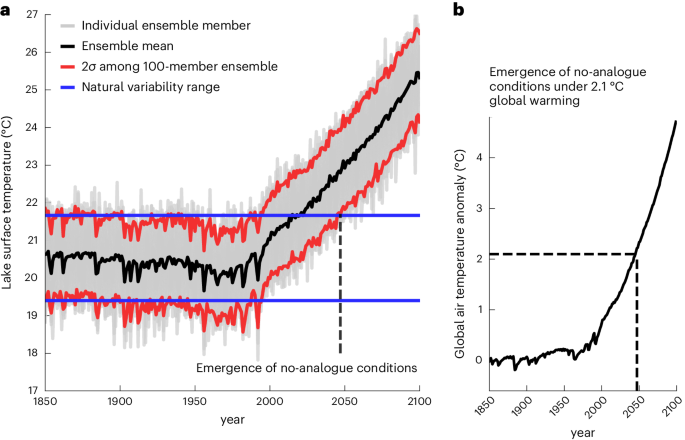2024-07-12 マックス・プランク研究所
<関連情報>
- https://www.mpg.de/22212992/intransparent-data-protection-notices?c=2249
- https://dl.acm.org/doi/10.1145/3613904.3642260
「自分のデータがどのように使われるのか、何も教えてくれない」: データ収集目的に関するユーザーの認識 “It doesn’t tell me anything about how my data is used”: User Perceptions of Data Collection Purposes
Lin Kyi, Abraham Mhaidli, Cristiana Teixeira Santos, Franziska Roesner, and Asia J. Biega
CHI ’24: Proceedings of the CHI Conference on Human Factors in Computing Systems Published: 11 May 2024
DOI:https://doi.org/10.1145/3613904.3642260

Abstract
Data collection purposes and their descriptions are presented on almost all privacy notices under the GDPR, yet there is a lack of research focusing on how effective they are at informing users about data practices. We fill this gap by investigating users’ perceptions of data collection purposes and their descriptions, a crucial aspect of informed consent. We conducted 23 semi-structured interviews with European users to investigate user perceptions of six common purposes (Strictly Necessary, Statistics and Analytics, Performance and Functionality, Marketing and Advertising, Personalized Advertising, and Personalized Content) and identified elements of an effective purpose name and description.
We found that most purpose descriptions do not contain the information users wish to know, and that participants preferred some purpose names over others due to their perceived transparency or ease of understanding. Based on these findings, we suggest how the framing of purposes can be improved toward meaningful informed consent.



